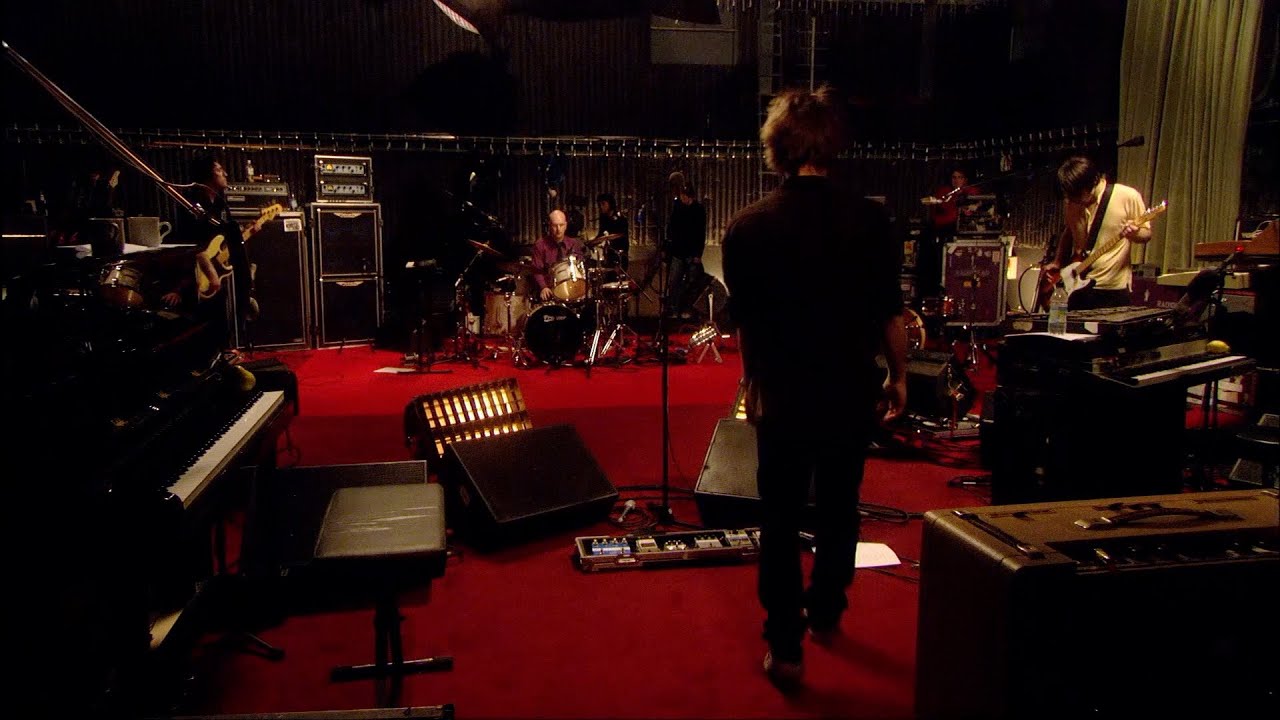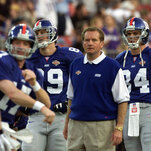Coca-Cola Unveils Innovative ‘Reverse Vending Machines’ That Could Be Game-Changers
Coca-Cola is transforming the recycling landscape with a revolutionary approach that turns the traditional vending machine concept on its head. The beverage giant’s new “reverse vending machines” are designed to accept empty bottles and cans instead of dispensing products, offering consumers immediate rewards while advancing the company’s ambitious sustainability goals.
The Technology Behind the Innovation
These sleek, high-tech machines represent a significant leap forward from basic recycling bins. Equipped with advanced scanning technology, the reverse vending machines can identify and sort different types of beverage containers with remarkable precision. Users simply insert their empty Coca-Cola bottles or cans, and the machine automatically recognizes the material type, size, and brand before providing instant rewards.
“This isn’t just about recycling anymore—it’s about creating a circular economy where every container has immediate value,” said Sarah Mitchell, Coca-Cola’s Director of Sustainability Innovation. “We’re essentially gamifying the recycling process to make it more engaging and rewarding for consumers.”
The machines feature touchscreen interfaces that guide users through the recycling process, displaying real-time information about their environmental impact. Some models even include augmented reality features that show how recycled materials are transformed into new products.
Consumer Rewards and Incentives
What sets these reverse vending machines apart is their immediate reward system. Consumers can earn points, discounts, or even cash back for each container they recycle. The rewards program is integrated with Coca-Cola’s mobile app, allowing users to track their recycling contributions and accumulate benefits over time.
Early pilot programs have shown impressive results. In Atlanta, where the first machines were tested, recycling rates increased by 40% in participating locations. “The instant gratification aspect is huge,” noted Dr. Jennifer Rodriguez, a behavioral economist at Georgia Tech who studied the pilot program. “People respond much more positively when they see immediate benefits from their actions.”
The reward structure varies by location and container type, but users typically earn 5-15 cents per container, along with additional points that can be redeemed for Coca-Cola products, branded merchandise, or donated to environmental causes.
Environmental Impact and Sustainability Goals
The initiative aligns with Coca-Cola’s broader “World Without Waste” vision, which aims to collect and recycle the equivalent of every bottle and can the company sells by 2030. Currently, the beverage industry faces significant challenges with container recovery rates, particularly in the United States where only about 29% of PET bottles are recycled.
“These machines could be absolute game-changers for our industry,” said Mark Thompson, executive director of the Container Recycling Institute. “They address the fundamental problem of convenience that has plagued recycling efforts for decades. When recycling becomes as easy as buying a soda, participation rates skyrocket.”
The environmental benefits extend beyond just collection rates. The machines are designed to sort materials more efficiently than traditional recycling facilities, reducing contamination and improving the quality of recycled materials. This leads to higher-grade recycled content that can be used in new Coca-Cola bottles, creating a true closed-loop system.
Setting Industry Precedents
Industry experts believe Coca-Cola’s reverse vending machines could establish new standards for corporate environmental responsibility. The approach demonstrates how major brands can take direct ownership of their packaging lifecycle rather than relying solely on municipal recycling programs.
“Coca-Cola is setting a precedent that other major brands will likely follow,” predicted Susan Chen, a sustainability consultant who works with Fortune 500 companies. “When a company of this scale makes such a significant investment in reverse logistics, it sends a powerful signal to the entire industry.”
The machines also represent a shift toward producer responsibility, where manufacturers take greater accountability for their products’ end-of-life impact. This model is already common in European countries but has been slower to adopt in the United States market.
Consumer Response and Adoption
Early consumer feedback has been overwhelmingly positive. Beta testers frequently mention the convenience factor and the satisfaction of seeing their environmental contribution quantified in real-time. “It’s actually fun to recycle now,” said Maria Gonzalez, a frequent user at a Dallas-area machine. “My kids love watching the machine count our bottles and seeing our points add up.”
The social media response has been particularly enthusiastic, with users sharing photos and videos of their recycling sessions using hashtags like #RecycleReward and #CircularCola. This organic social engagement has provided valuable marketing benefits beyond the environmental impact.
Consumer behavior studies conducted during pilot phases show that the machines not only increase recycling rates but also influence purchasing decisions. Many users report choosing Coca-Cola products specifically because they know they can recycle the containers for rewards.
Technology and User Experience
The machines incorporate several innovative features designed to enhance user experience. QR code scanning allows users to quickly link their recycling activity to their mobile accounts, while multilingual interfaces make the machines accessible to diverse communities.
Advanced AI algorithms help the machines learn from usage patterns, optimizing their operations and identifying the most effective reward structures for different locations. Some machines even feature weather-resistant designs and solar panel capabilities, making them suitable for outdoor installation.
“The user experience was our top priority,” explained David Park, the lead product designer for the reverse vending machine project. “We wanted to make recycling feel as seamless and rewarding as any other positive consumer interaction.”
Expansion Plans and Future Outlook
Following successful pilot programs in major metropolitan areas, Coca-Cola plans to roll out thousands of these machines across the United States over the next three years. Priority locations include college campuses, shopping centers, office buildings, and transit hubs where beverage consumption is naturally high.
The company is also exploring partnerships with retailers and municipalities to expand placement opportunities. Some cities have expressed interest in integrating the machines into their existing waste management infrastructure, potentially replacing traditional recycling bins in high-traffic areas.
International expansion is also on the horizon, with pilot programs planned for European and Asian markets where bottle deposit systems are already established. The technology could complement existing programs while providing additional consumer benefits.
Economic and Business Implications
The reverse vending machine initiative represents a significant investment in Coca-Cola’s long-term sustainability strategy. While the company hasn’t disclosed specific costs, industry analysts estimate that each machine requires an investment of $15,000-30,000, including installation and maintenance.
However, the potential returns extend beyond direct revenue. Improved recycling rates could reduce raw material costs, enhance brand reputation, and help the company meet increasingly stringent environmental regulations. The data collected from machine usage also provides valuable insights into consumer behavior and geographic consumption patterns.
“This is smart business disguised as environmental activism,” observed retail analyst Patrick Williams. “Coca-Cola is essentially creating a loyalty program that also solves a major sustainability challenge. It’s the kind of win-win approach that other companies should study carefully.”
Challenges and Considerations
Despite the positive reception, the reverse vending machine program faces several challenges. Maintenance and servicing costs could be substantial, particularly for machines in high-traffic locations. The company will need to develop efficient collection and processing systems to handle the increased volume of returned containers.
There are also questions about long-term consumer engagement. While the novelty factor is currently driving high participation rates, sustaining interest over time may require continuously evolving reward structures and new features.
Some environmental advocates have noted that while the machines improve recycling rates, they don’t address the fundamental issue of single-use packaging. “It’s a step in the right direction, but the ultimate goal should be reducing consumption altogether,” said Emma Taylor, director of the Zero Waste Alliance.
The Broader Impact
Coca-Cola’s reverse vending machines represent more than just a recycling innovation—they demonstrate how major corporations can take proactive approaches to environmental challenges while creating value for consumers. The program’s success could accelerate similar initiatives across the beverage industry and beyond.
As consumers become increasingly environmentally conscious, programs that make sustainable behavior convenient and rewarding are likely to become competitive advantages. Coca-Cola’s early investment in this technology positions the company as a leader in the transition toward a more circular economy.
The reverse vending machines may indeed set a precedent, not just for recycling technology, but for how major brands can reimagine their relationship with consumers and the environment. As the program expands, its ultimate success will be measured not just in bottles collected, but in its ability to fundamentally change how people think about waste, responsibility, and the role of corporations in environmental stewardship.











